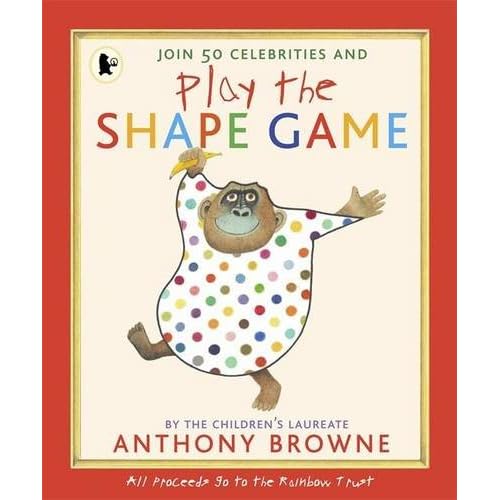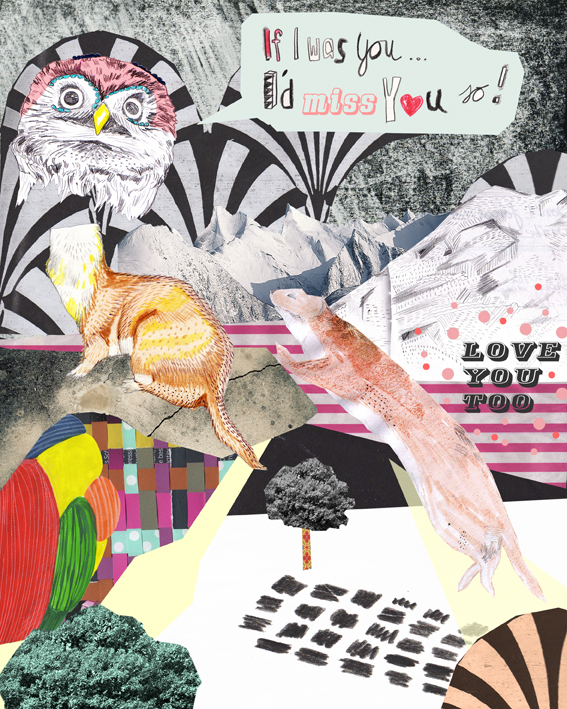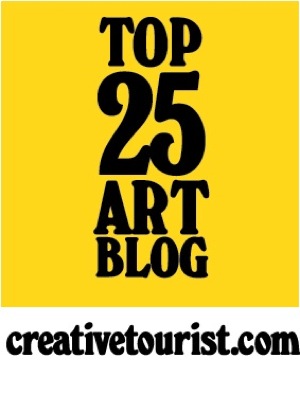
So this is what's been keeping me so busy recently that I've had little time for writing. The Shape Game project is something I've been working on as part of my work with the Children's Laureate Anthony Browne, and this new book (above) was launched on Monday.
If you haven't heard of the Shape Game before, it's basically a collaborative drawing game. Anthony Browne explains it as follows:
'The rules of the Shape Game are very simple: the first player quickly draws any abstract shape at random, the second looks at it and then transforms it into something recognisable. It could be anything – a face, a dinosaur or a fried egg. It could be a doodle or a work of art.As part of the project, 45 writers, artists, illustrators and celebrities - ranging from Quentin Blake and Shirley Hughes to Emma Thompson and Harry Hill - joined Anthony to play the game, transforming a shape he drew. You can see some of my favourites amongst the artworks below or look at a gallery on the Guardian website here. All the artworks have been published in the new Play the Shape Game book which we have been working on with the wonderful Walker Books, and which aims to help all children to be creative and use their imaginations. They're also for sale until Sunday in an online auction.
'When we were children, my brother Michael and I thought this game was our invention, but having spoken to children all over the world, I have since discovered that children everywhere know it and play their own versions. The wonderful thing about the Shape Game is that anyone with a little bit of imagination can join in.
'As Children’s Laureate, I want to help and connect with children everywhere, and encourage them to use their imaginations and be creative. Although it’s just a simple game, I believe the Shape Game is the perfect way to do this. It encapsulates the act of creativity – inspiration is everywhere. I have played the Shape Game in every single book I have made, and now you have the chance to join in and play it, too!'
Profits from the book and auction will be donated to children's charity Rainbow Trust, who provide vital emotional and practical support to families who have a child with a life-threatening or terminal illness. You can find loads more about the project on the Children's Laureate website here.














.jpg)

.jpg)














